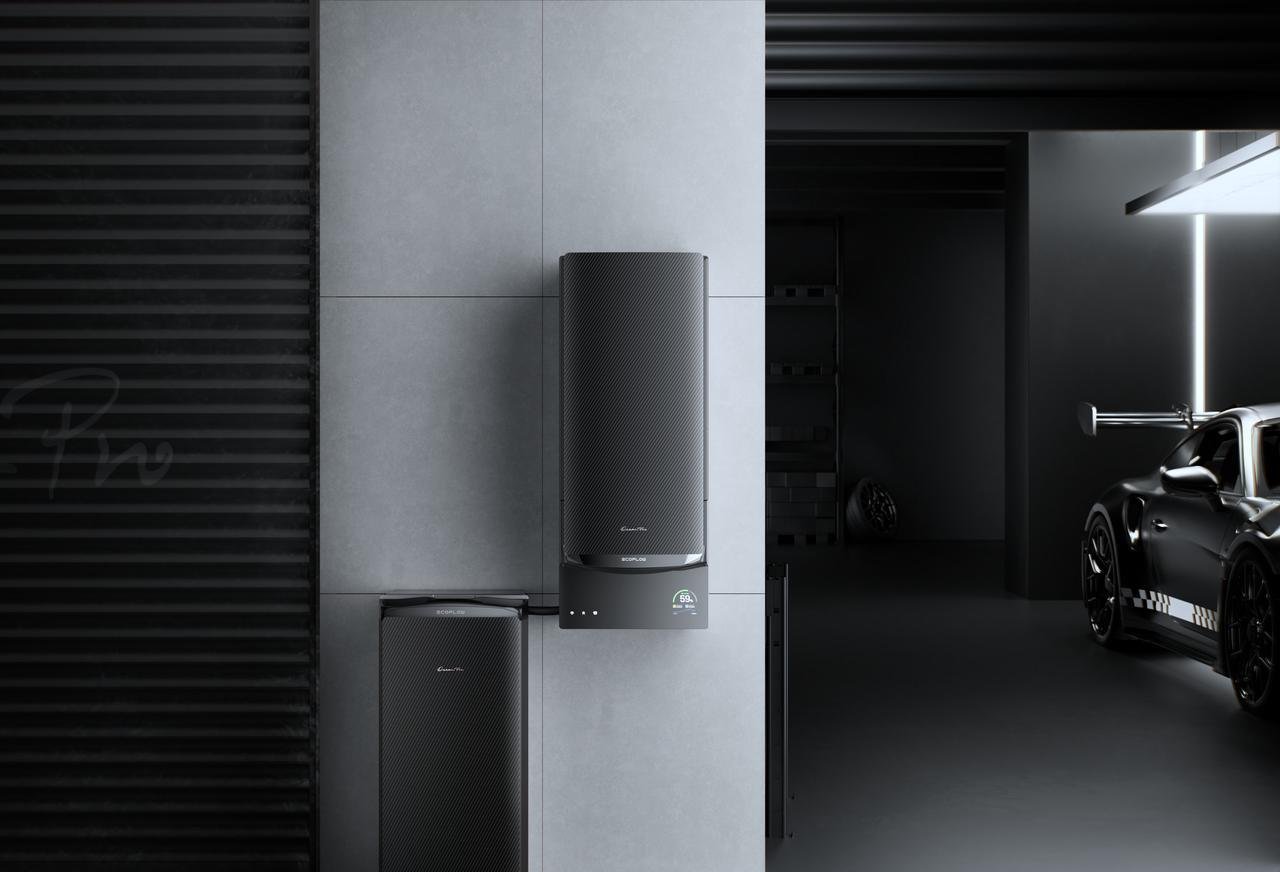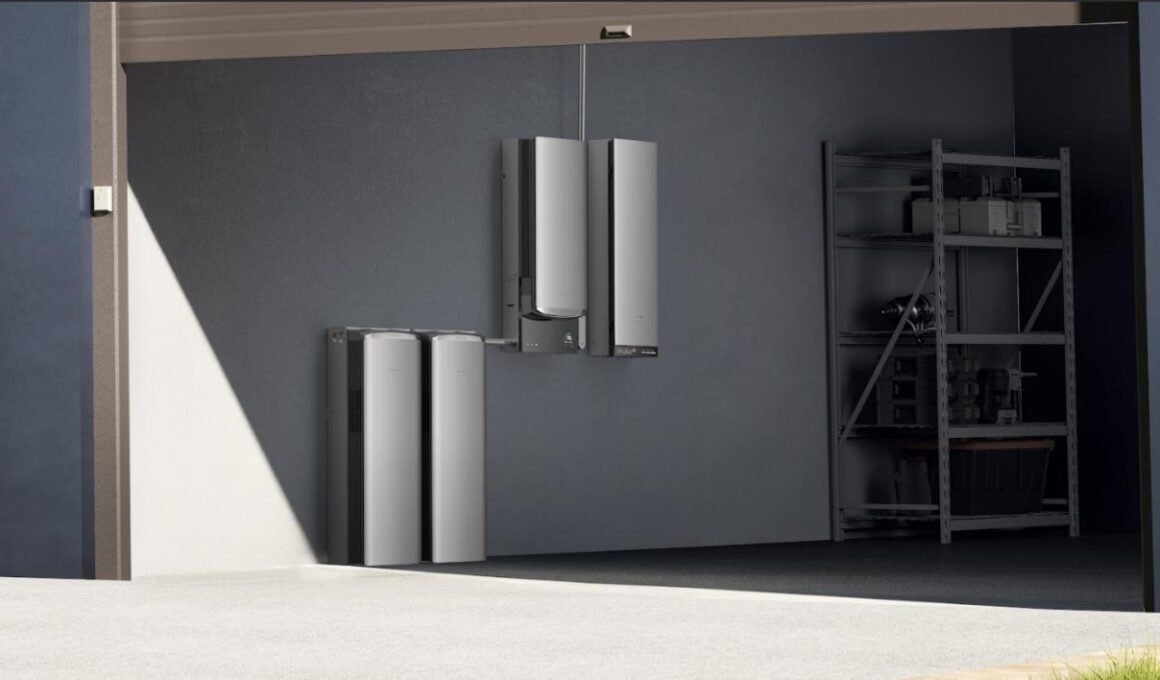Imagine this: You’re cooking dinner, and your power goes out. Your electric stove goes dark, the air conditioning quits and the refrigerator falls silent. In today’s electricity-dependent world, a power outage is a real-world pain in the neck—no longer just a sore excuse to lose all your progress in your favorite video game. That’s a scenario playing out more and more all over the country as the nation’s electrical grid — one of the most advanced in the world — rapidly approaches the outer limits of its capacity.
Here come the solar battery storage systems, a game changer for how homes keep the power on when outages occur. But homeowners have an obvious Achilles heel: their batteries are simply not good enough to handle power-hungry appliances, such as HVAC systems, electric cookers, and water wells. The result of short battery backups is anything from the inconvenient to potential danger during a long power outage.
This guide will walk you through the precise methodology for sizing your solar battery system to effectively power high-wattage appliances, from understanding basic calculations to exploring advanced solutions that can handle whole-home backup needs.
Why Solar Battery Storage is Essential for Powering High-Wattage Appliances
Homes today use a lot of high watt appliances that consume a lot of electricity to operate. These are the machines we rely on to keep us comfortable and to keep everything moving. From air conditioners and electric cooktops to power tools and well pumps, these devices are the linchpins of the world we live in. In a power outage, these indispensable appliances are rendered worthless to you: – you’re faced with the challenges of undercooked food (you SO don’t want to see which bacteria like to have this for dinner) – you run without fans or AC for who knows how long…!
Traditional backup solutions like gas generators come with significant drawbacks. They’re noisy, require constant fuel replenishment, demand regular maintenance, and pose safety risks from fuel storage and carbon monoxide emissions. Moreover, they often struggle to handle the sophisticated power requirements of modern appliances, potentially damaging sensitive electronics.
Solar battery storage systems amount to a game changing home backup power solution. They are completely silent, they need little to no maintenance and they can be perfectly combined with renewable energy. Unlike generators, solar batteries instantly provide electrical current in the event of a power failure, so your most important appliances will never go without! More importantly, they provide clean, stable power to protect sensitive electronics such as training, monitoring and contact/collection devices – all without the environmental impact and ongoing fuel costs of traditional backup power solutions.
Understanding Your Energy Needs: Calculating Appliance Wattage
When deciding on the size of your solar battery system, it is essential to understand what the difference is between starting watts and running watts. Starting (as could be called peak) watts are in terms of the initial power surge required to start motor-driven appliances, and running (as could be called continuous) watts is what will be the continuous amount you need to operate. If you have a 2,200-watt refrigerator, for instance, it might require 2,200 watts to start, but to run, it will need just 700 watts.
To determine the power your appliances need, refer to the nameplate label that is usually at the back or bottom of the appliance. These labels also indicate electrical ratings, such as wattage and/or amperage. For devices that display only amperage, multiply the amps by your home’s voltage (usually 120V) to find watts. Energy Guide labels on newer appliances also have useful energy consumption expressed in kilowatt-hours (kWh).

As you make your table of appliance load, concentrate on the crucial appliances that will require a backup power source in the event of outages. Some typical high-power devices are central air conditioners needing 3,500 watts, electric furnaces needing 4,000 watts, and deep well pumps needing 1,500 watts. And remember, you will have to add together their wattages if you run more than one appliance at once. To determine the correct size, you need to track peak power requirements (run multiple devices at the same time) as well as daily energy consumption (total watt-hours).
Key Factors in Sizing a Solar Battery for Home Backup
Capacity (kWh): Your Energy Reservoir
Battery capacity: This is essentially the amount of energy (measured in kilowatt hours, or kWh) your system can hold and power at once for you to supply appliances you want to run if the grid goes down. It is, essentially, the gas in your energy gas tank – the more used you are to refilling, the longer this tank will last. To determine your capacity needs, add up the daily consumption of appliances you’ll connect to the generator and then add at least two days of power for back up. For example, if your most needed appliances consume 15kWh per day, size for a minimum of 30kWh system.
Power Output (kW): Instantaneous Demand Handling
Whereas power output dictates the appliances you can run in unison. Your battery system should have a capacity to deliver both surge and running power requirement at a time. Today’s HVAC systems only need 5kW peak power and 2kW continuous. The system with enough power output won’t be shut off during high power appliances’ start up. The inclusion of parallel connection capability means you can double the measurements of power if need be and have everything from whole-house backup to a light receptacle readily available.
Expansion Capabilities
Investing for the future involves choosing an option that will expand as the need for space does. Modular systems theoretically enable you to begin with coverage for essential gear and grow capacity later. This versatility is extremely important when you add accessories or opt for electric vehicles in your home! Think of solutions that are more flexible and can be extended without the need of new installation or costly electrical enhancements. Protect your initial investment and give yourself some room for growth with a clear path to increased energy independence.
Step-by-Step Guide: Sizing Your Solar Battery Storage System
The first step to actually sizing your solar battery system is to conduct an energy audit of your home. Prepare a spreadsheet that details every crucial device that you’ll want power for in the event of an outage. Note both the Surge Watts and Running Watts for each device. Observe common usage patterns — how many hours a day each is in use and if they are running at the same time.
Second, work out your daily total energy needs in watt hours. Multiply each appliance’s running wattage by the number of hours used, and add them all together. For instance, a 700W refrigerator operating for 8 hours uses 5,600 watt-hours or 5.6kWh per day. This leaves a small buffer of 20% DoD to ensure the long life of the battery and calculate for efficiency losses at about 15%. So for a family using 20kWh from the grid, this could equate to 25kWh.
When calculating your peak power load you should establish the maximum simultaneous load use that are likely to be used. I distinctly remember you mentioning an HVAC (5kW surge) starting while an oven (4kW) and well pump (2kW surge) are running. Your system needs to be able to supply this 11kW peak load. The powerful EcoFlow DELTA Pro Ultra is one such advanced solution that’s capable of managing these high levels of power draw, with 7.2kW continuous output and massive 21kWh expandable capacity, ideal for powering multiple high-wattage appliances at once in any home.
Powering Your Future with Smart Battery Solutions
Taking advantage of solar power battery systems when it comes to powering high-wattage appliances is the first, big step towards budget-friendly and reliable energy independence. By sizing your battery bank and inverter to your specific power load, and providing just enough output for peak demand, you’ll be able to make blackouts a thing of the past! Crucially, depending on whether the requirements involve long periods of operation or sudden power spikes, the fact that both kilowatt-hour capacity and kilowatt output are taken into account ensures the inverter selects the dual requirement.
Start your journey to energy self-sufficiency right now by performing your own appliance audit with the approach outlined in this booklet. By taking into account your own individual power needs and installing a system that supplies the right amount of electricity, you can keep your home running even when the grid goes down. How much peace of mind does a generator’s reliable, ‘always-on’ backup power give you, and what is that worth — begin calculating your sizing needs now, to safeguard your home’s critical operations.



